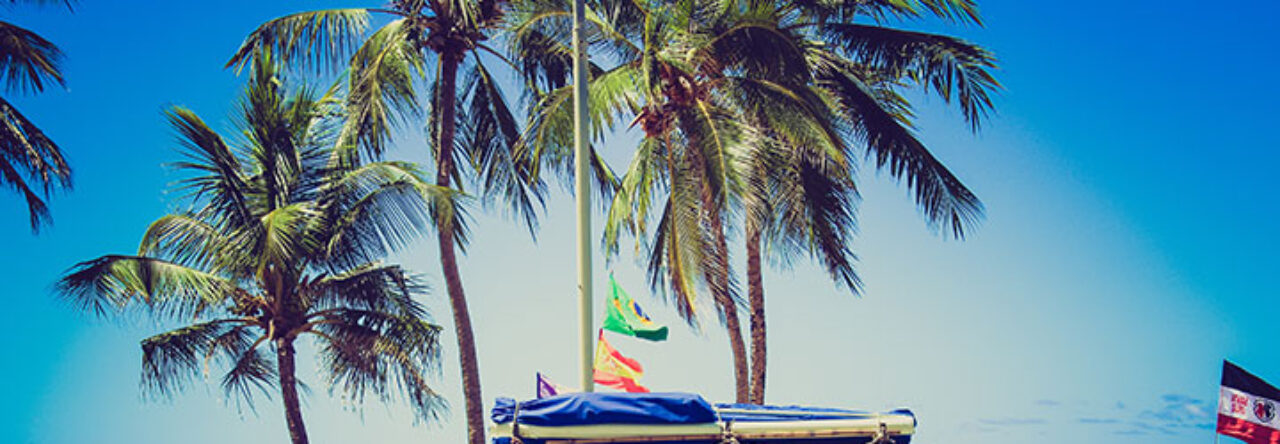LE GRAU DU ROI e LA CAMARGUE
(1996)
Significa “L’approdo del Re”: Luigi IX dei Capetingi ritorna dalla Crociata
in Terra Santa. Re, poi, santificato. Con la città di Dossenheim, Le Grau, è gemellata.
In Occitania-Camargue, è noto punto balneare. Dista poco da Nîmes, La Grande Motte.
Ha viticoltura. Non è lontano da Les Saintes-Maries-de-la- Mer, Montpellier, Aigues Mortes.
Qui, l’acqua è bassa; la sabbia è fina. E’ caratteristico e pittoresco il porto di pescatori.
Port Camargue: è importante perché, dell’Europa, è un porto turistico fra i maggiori.
Imbocchiamo l’autostrada Milano/Ventimiglia. Appena entrati in Francia, seguiamo
sempre la strada che, da Avignone, inizia la “passeggiata” geografica che percorriamo
dritti dritti verso la Camargue che ha paludi, saline e bellissima spiaggia.
Fenicotteri rosa e cavalli selvatici, natura incontaminata e selvaggia.
Il catalogo turistico ci dà indicazioni perfette: finiamo nel Villaggio, sul mare.
In zona vicina ai canali, il villaggio è con abitazioni ad uno o più locali: da abitare
vita natural durante, tanto è paradisiaco! Guardie Giurate e un cane pastore che lega
con noi: brontolone, si calma col buon rapporto fra il padrone e mio marito “ex-collega”
idem, guardia giurata. Fra le visite, passiamo a Sète: qui, nel garage, parcheggiamo
la macchina. Si tratta di una costruzione vecchia, ma che, allo scopo, adottiamo.
Saliamo a bordo del “Neptune”, il galeone fatto costruire appositamente per “Pirati”,
il film di Roman Polanski, con Walter Matthau. Un’opera d’arte. Siamo ammirati.
Costeggiando canale e salina, arriviamo ad Aigues Mortes e alla Cittadella
la cui entrata, sulla destra, ricorda gli Ugonotti. Poi, imbocchiamo l’ampia stradella
con negozi su entrambi i lati. In fondo, troviamo i ristoranti nel piazzale. Le vetrate
della chiesetta caratteristica e dall’aspetto protettivo, con pareti bianche, sono colorate.
All’Espiguette, vediamo i cavalli “alla finestra”: sono magnifici e validi esemplari.
Una rivendita di formaggi, olive, prodotti in vetro, sottaceti e vini. Non molto cari.
Cibi: ci siamo portati scatolette e confezioni di acqua minerale, ma comperiamo
il pane-baguettes, insalata e pomodori nei negozi. Io parlo Francese e ci “arrangiamo”.
Non esistono le misure igieniche della nostra Italia, ma le lacune vengono dimenticate
grazie alle distrazioni che, poco a poco, si presentano e vengono materializzate.
E’ settembre: in tale periodo, il bar non ha più ospiti, ma Gérard ci indica di ascoltare
l’orchestrina e che ci possiamo servire del frigorifero per un buon gelato da gustare.
Tempo bello per mare e spiaggia: qui, su qualche scoglio, conosciamo i due proprietari
di un cane pastore tedesco, Top-Gun. Facciamo amicizia con i due signori.
Ultimo giorno di spiaggia: mi riempio gli occhi della distesa d’acqua con grande nostalgia.
Ho sempre adorato la Francia e, molte volte, l’avrei voluta come patria mia.
Laura
LE GRAU DU ROI and LA CAMARGUE
(1996)
Means “King’s Landing”: Louis IX of the Capetians returns from the Crusade
in the Holy Land. King, then, sanctified. It is twinned with the city of Dossenheim, Le Grau.
In Occitania-Camargue, it is a well-known seaside resort. It is a short distance from Nîmes, La Grande Motte.
It has viticulture. It is not far from Les Saintes-Maries-de-la-Mer, Montpellier, Aigues Mortes.
Here, the water is shallow; the sand is fine. The fishing port is characteristic and picturesque.
Port Camargue: it is important because it is one of the largest tourist ports in Europe.
We take the Milan/Ventimiglia motorway. As soon as we enter France, we follow
always the road which, from Avignon, begins the geographical “promenade” we follow
straight straight to the Camargue which has marshes, salt marshes and a beautiful beach.
Pink flamingos and wild horses, pristine and wild nature.
The tourist catalog gives us perfect indications: we end up in the Village, by the sea.
In an area close to the canals, the village is made up of houses with one or more rooms: to live in
natural life during, so much is heavenly! Security guards and a sheepdog that binds
with us: grouchy, he calms down with the good relationship between the boss and my “ex-colleague”-husband
ditto, security guard. Between visits, we go to Sète: here, in the garage, we park
the car. It is an old building, but which we adopt for this purpose.
We board the “Neptune”, the galleon built specifically for “Pirates”,
the film by Roman Polanski, with Walter Matthau. A work of art. We are admired.
Along the canal and salt marsh, we arrive at Aigues Mortes and the Citadel
whose entrance, on the right, recalls the Huguenots. Then, we take the wide road
with shops on both sides. At the bottom, we find the restaurants in the square. The stained glass windows
of the characteristic and protective-looking church, with white walls, are colored.
At Espiguette, we see the horses “at the window”: they are magnificent and valuable specimens.
A resale of cheeses, olives, glassware, pickles and wines. Not very expensive.
Food: we brought cans and packs of mineral water with us, but we buy
the bread-baguettes, lettuce and tomatoes in the shops. I speak French and we “get by”.
There are no hygiene measures in our Italy, but the gaps are forgotten
thanks to the distractions that, little by little, appear and are materialized.
It’s September: in this period, the bar has no more guests, but Gérard tells us to listen
the orchestra and that we can use the refrigerator for a good ice cream to taste.
Beautiful weather for the sea and the beach: here, on some rocks, we know the two owners
of a German shepherd dog, Top-Gun. We make friends with the two gentlemen.
Last day on the beach: I fill my eyes with the expanse of water with great nostalgia.
I have always adored France and, many times, I would have wanted it as my homeland.
Laura

Lascia un commento